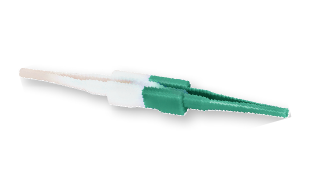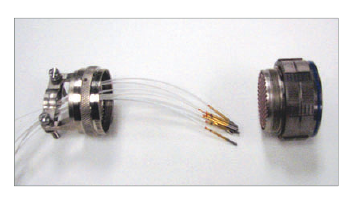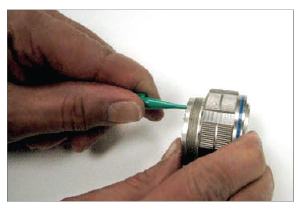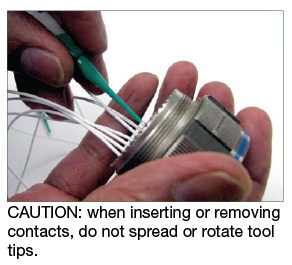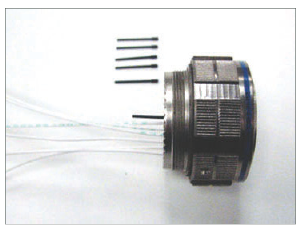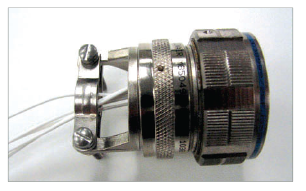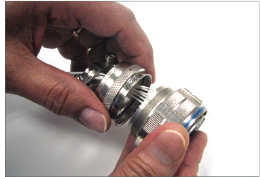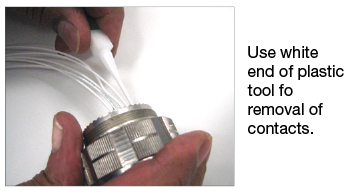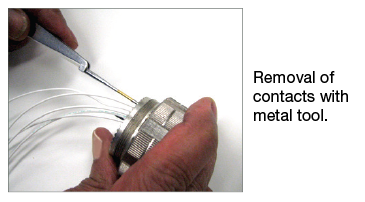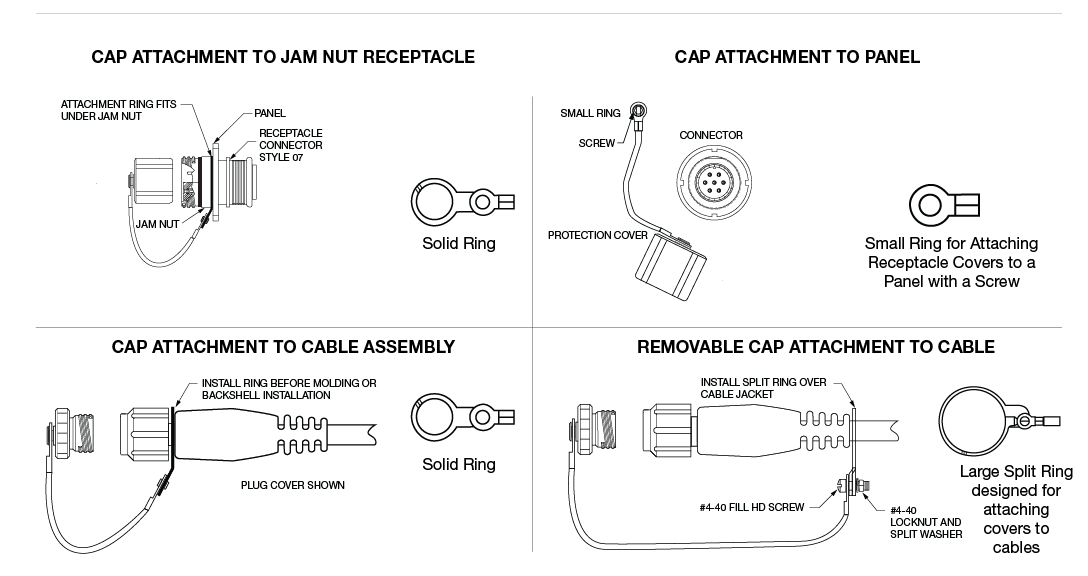Login
You must first login to download drawings/models.
Incorrect username or password.
You must first login to download drawings/models or register for webinars.
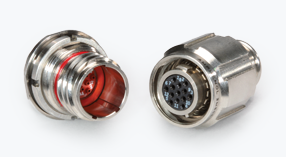
2M805 micro 38999 connectors are the evolution of the mil-standard circular. Designed to meet the same harsh environmental requirements of D38999, they were developed to make scaling-down existing technology easy and risk-free. Your systems are getting smaller, lighter, and faster; so why wouldn’t your interconnect do the same? Less than half the size and weight of their 38999 predecessors, you can reduce size, reduce space, and reduce cost… but never reduce your expectations.
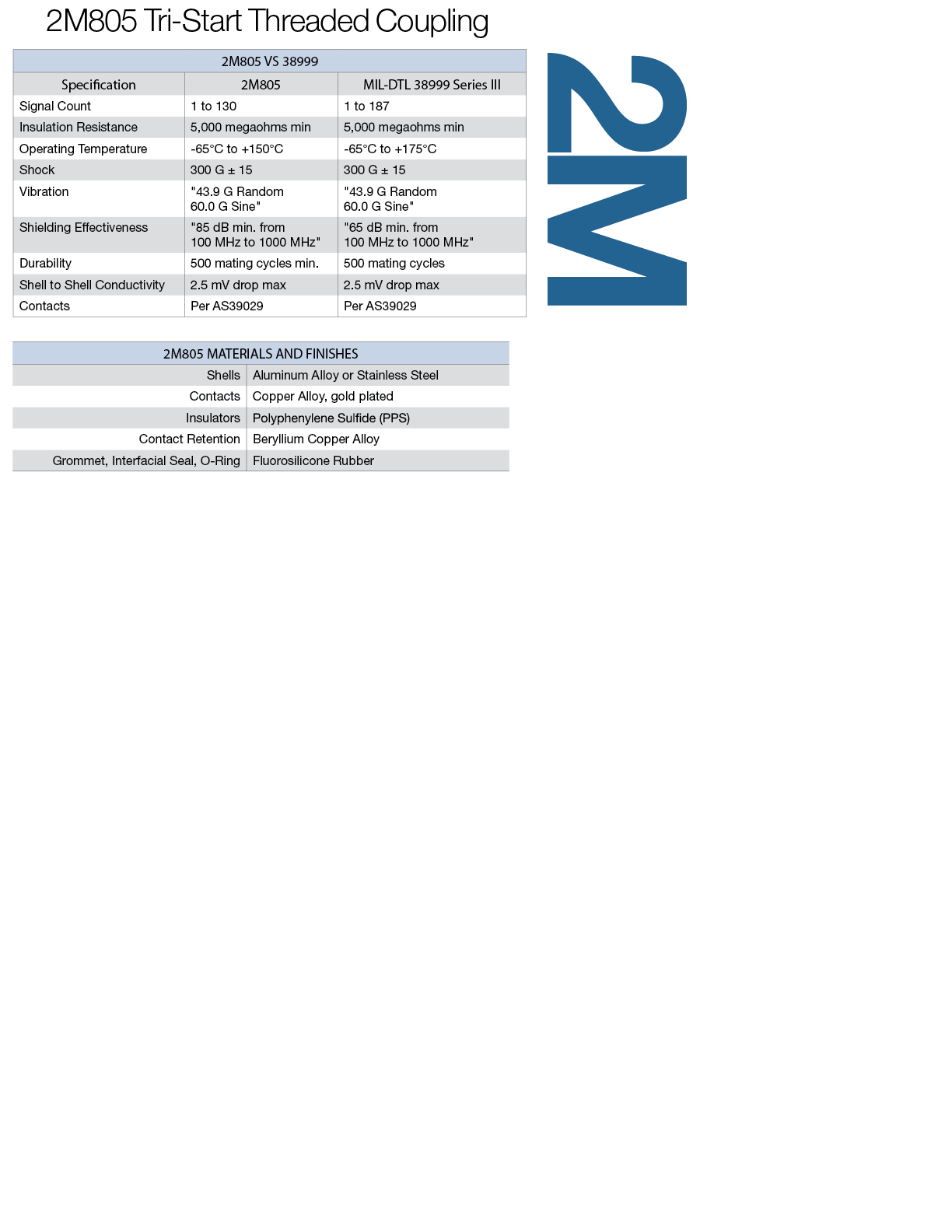


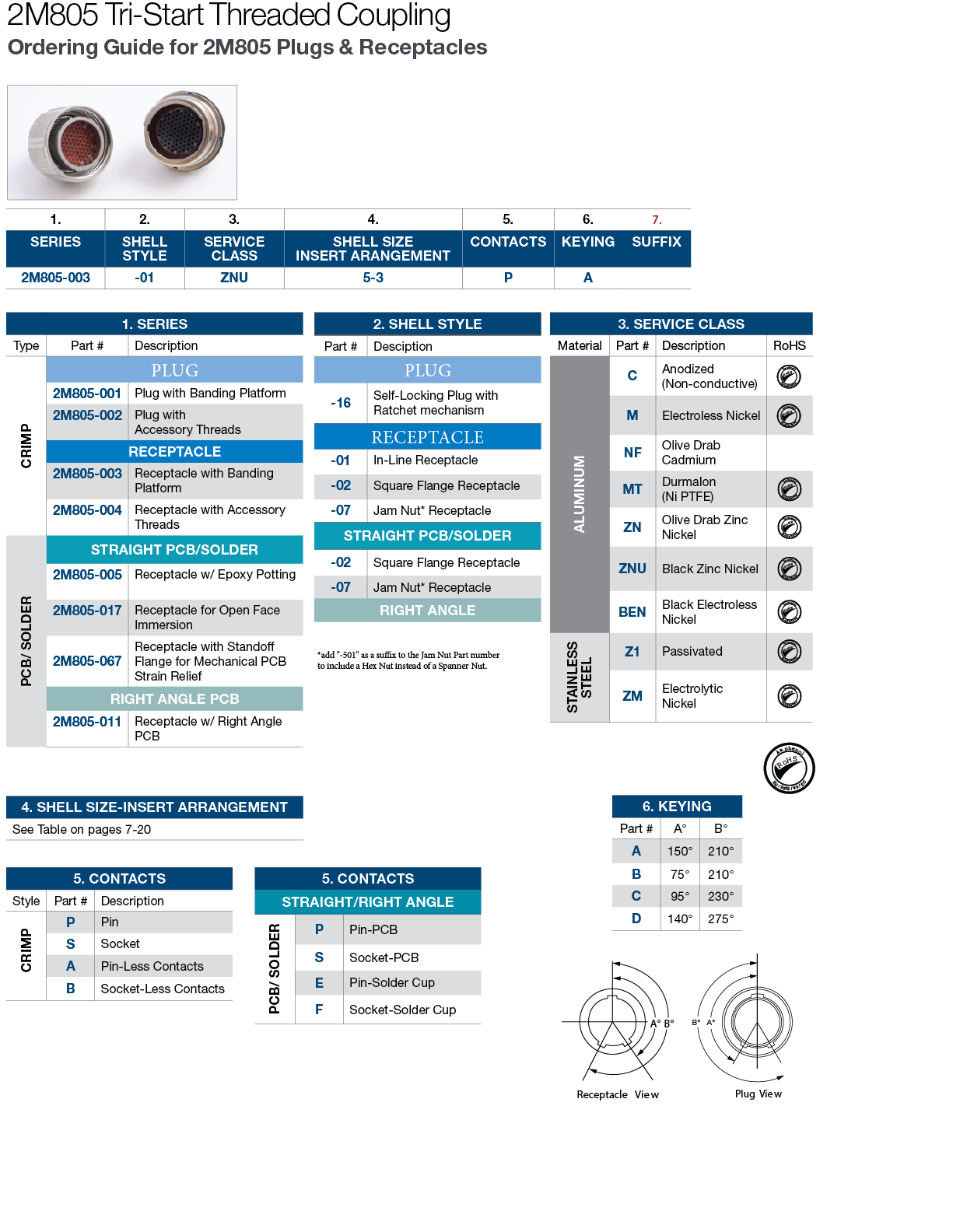
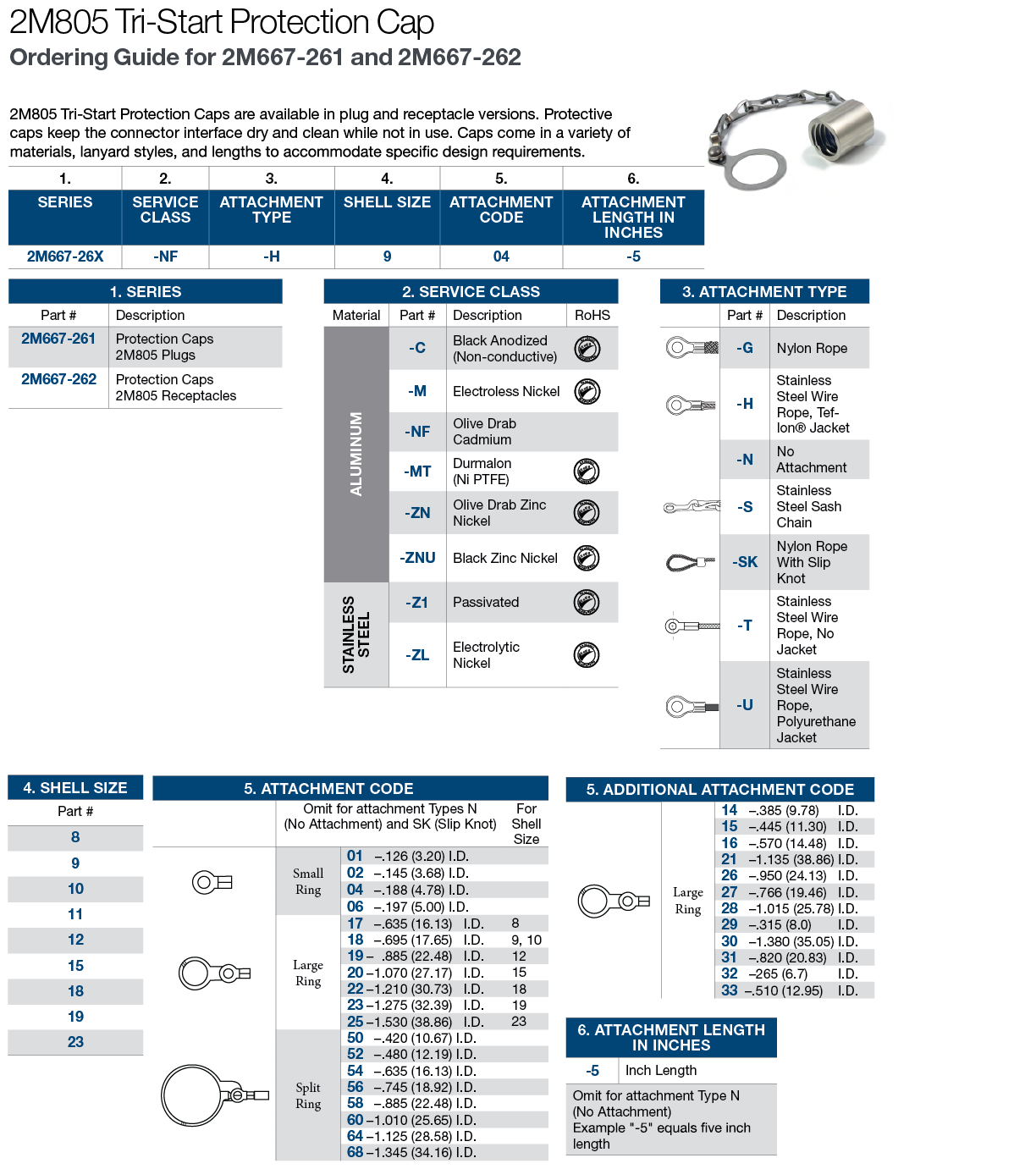
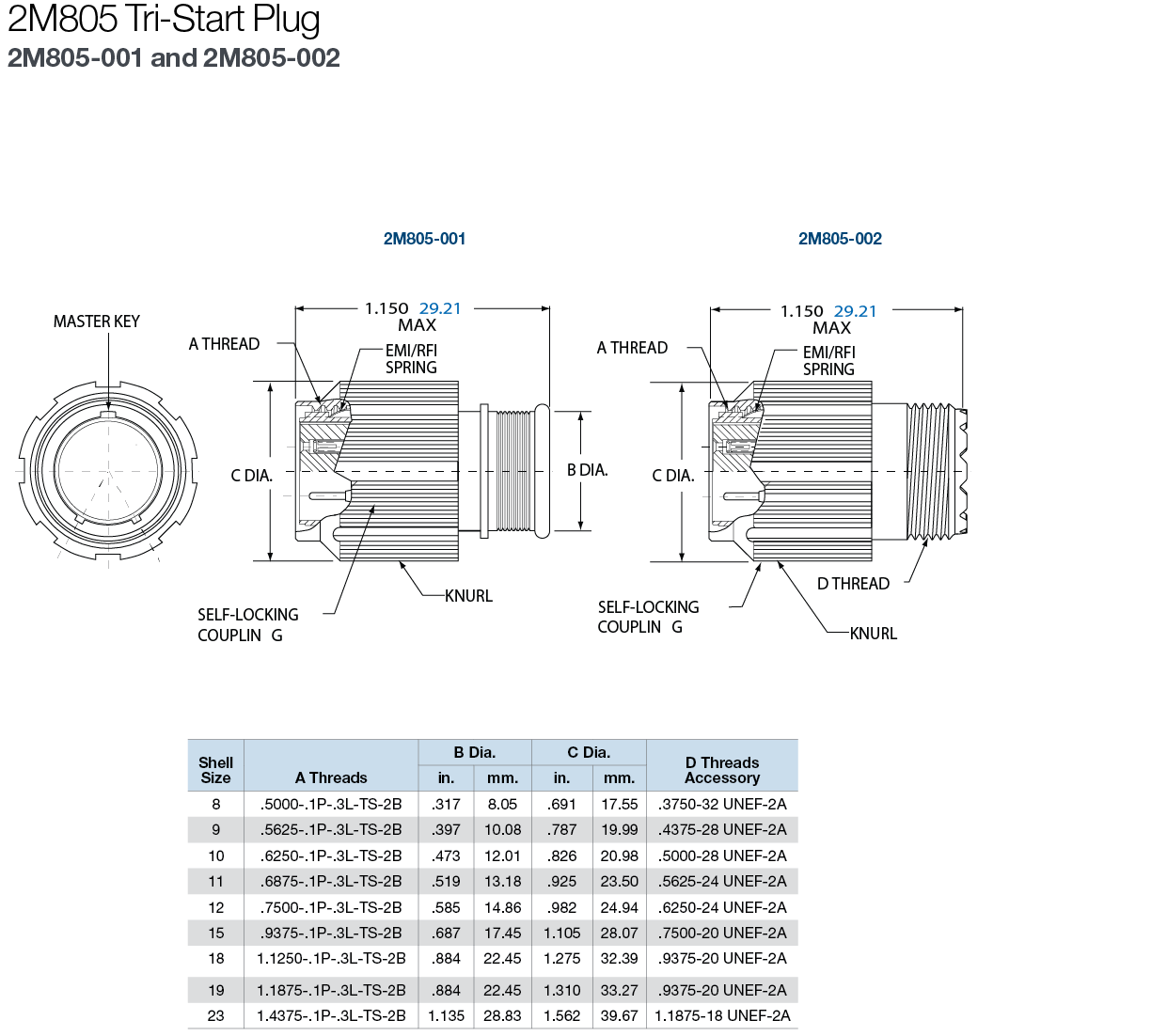
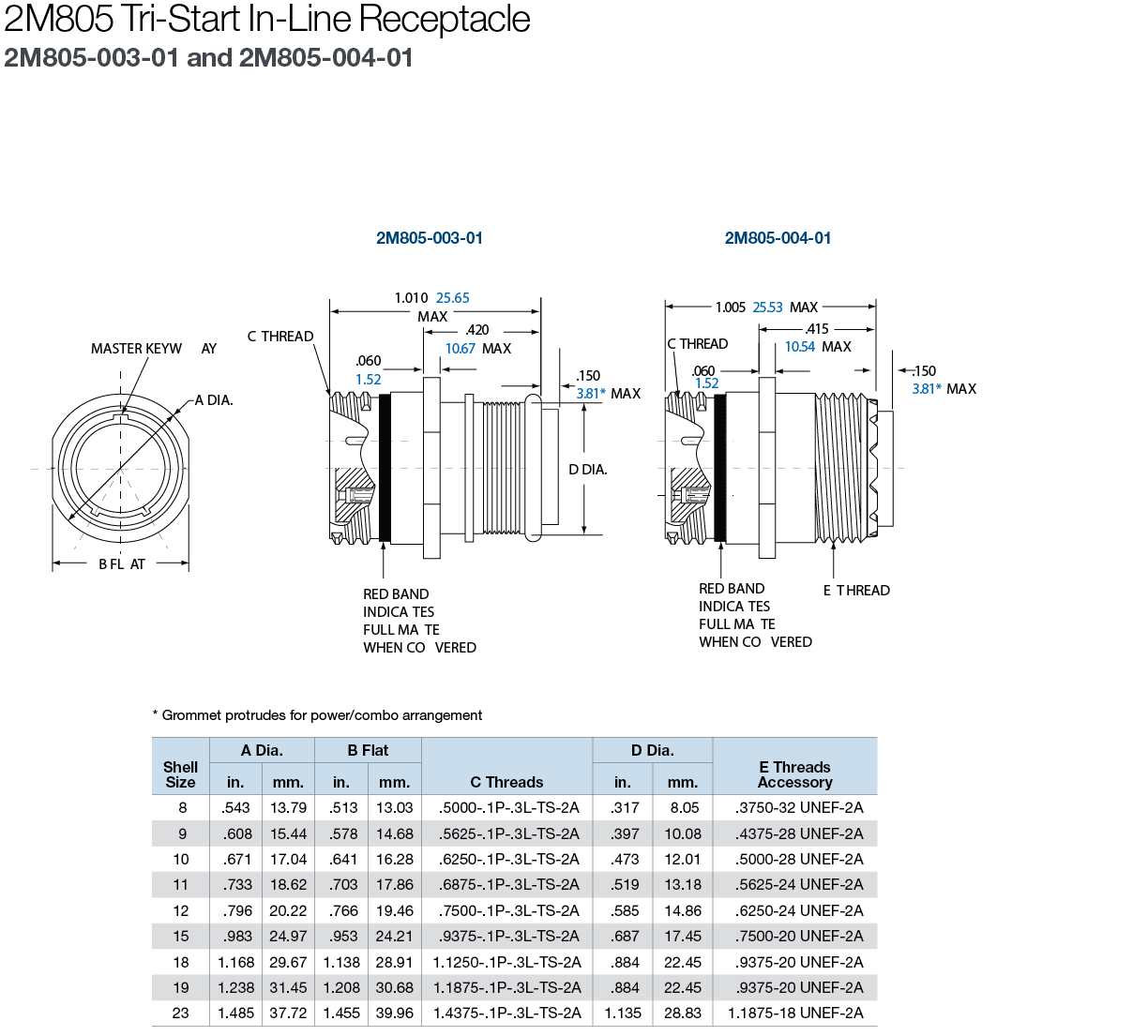
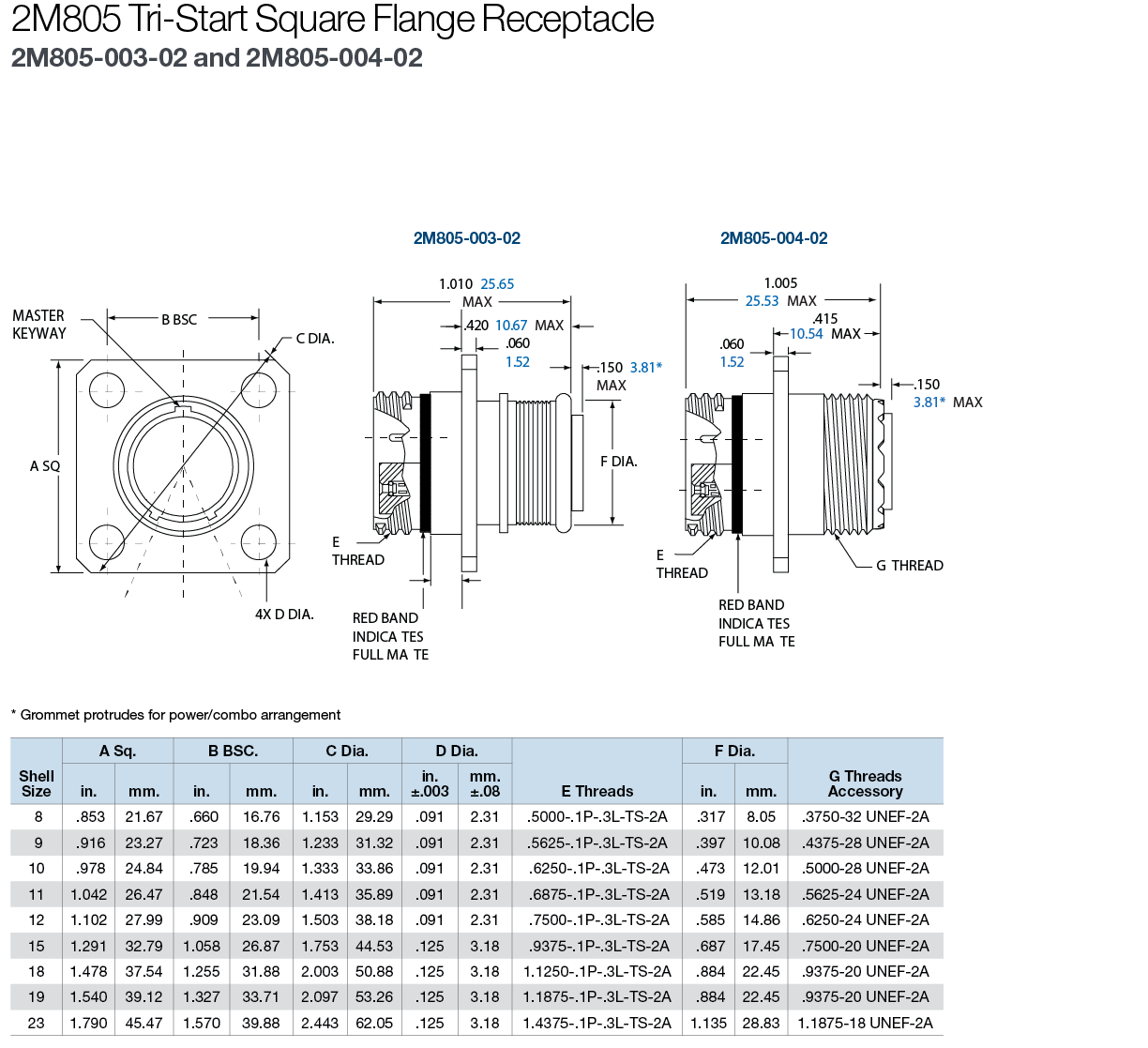
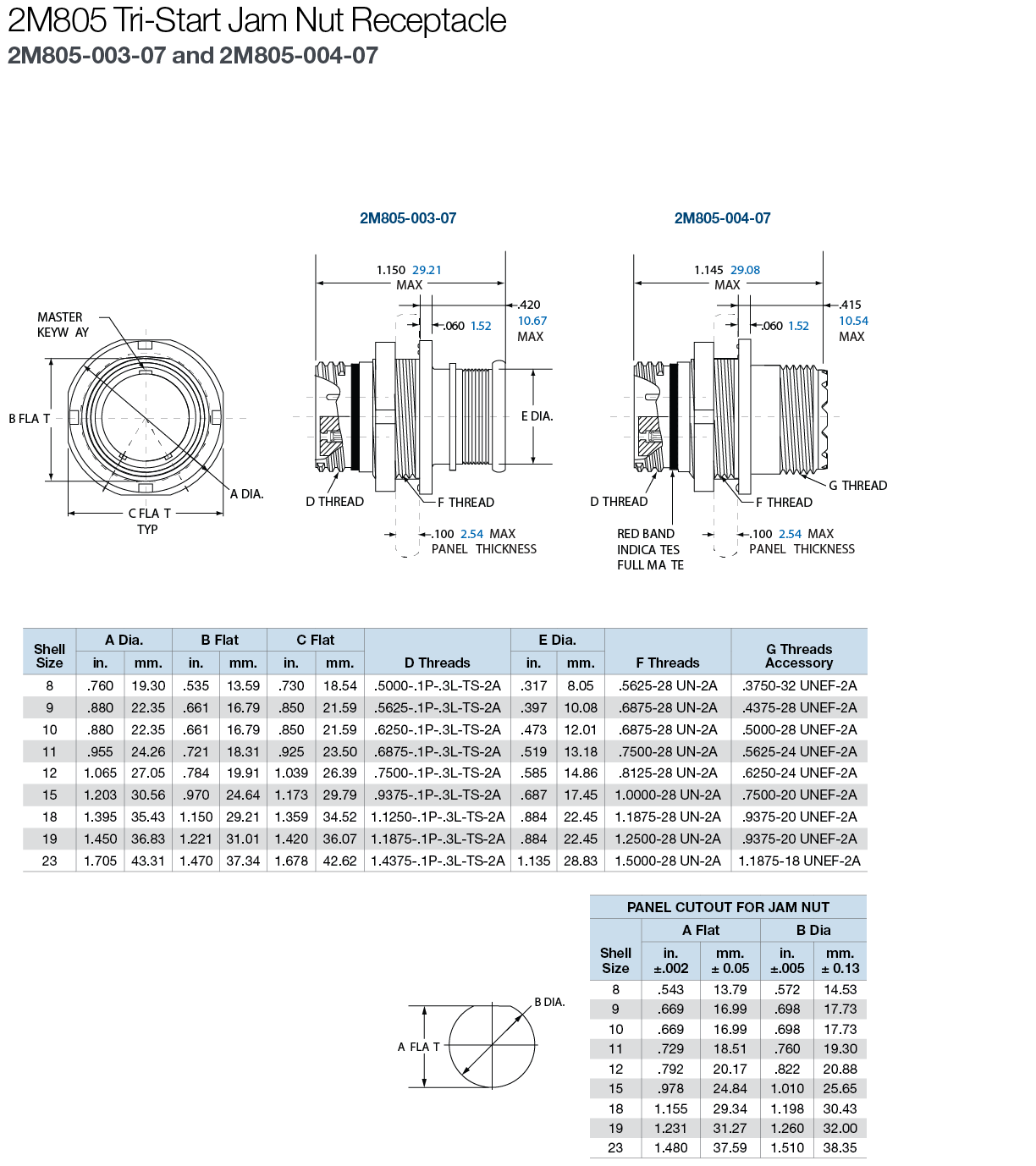
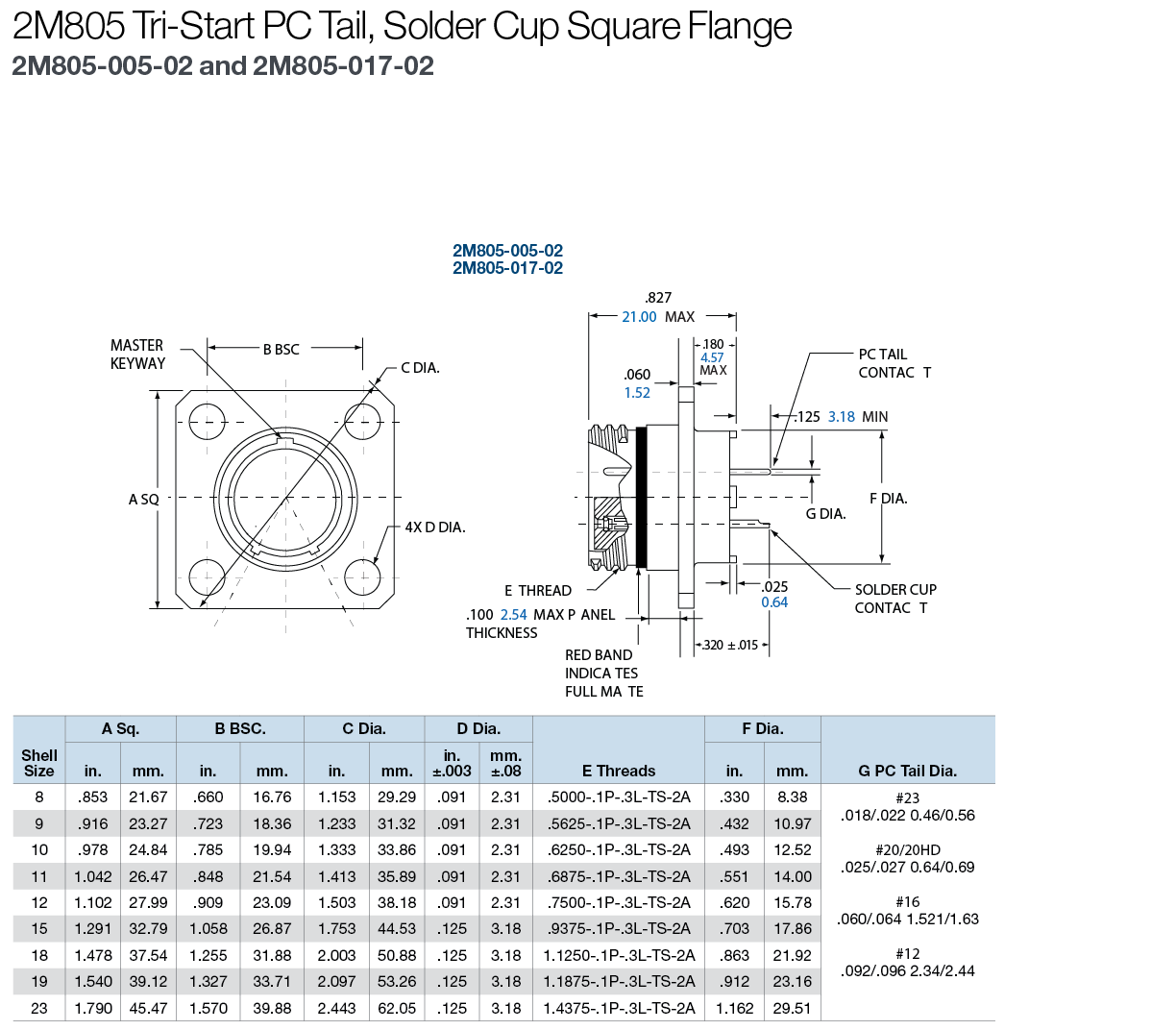
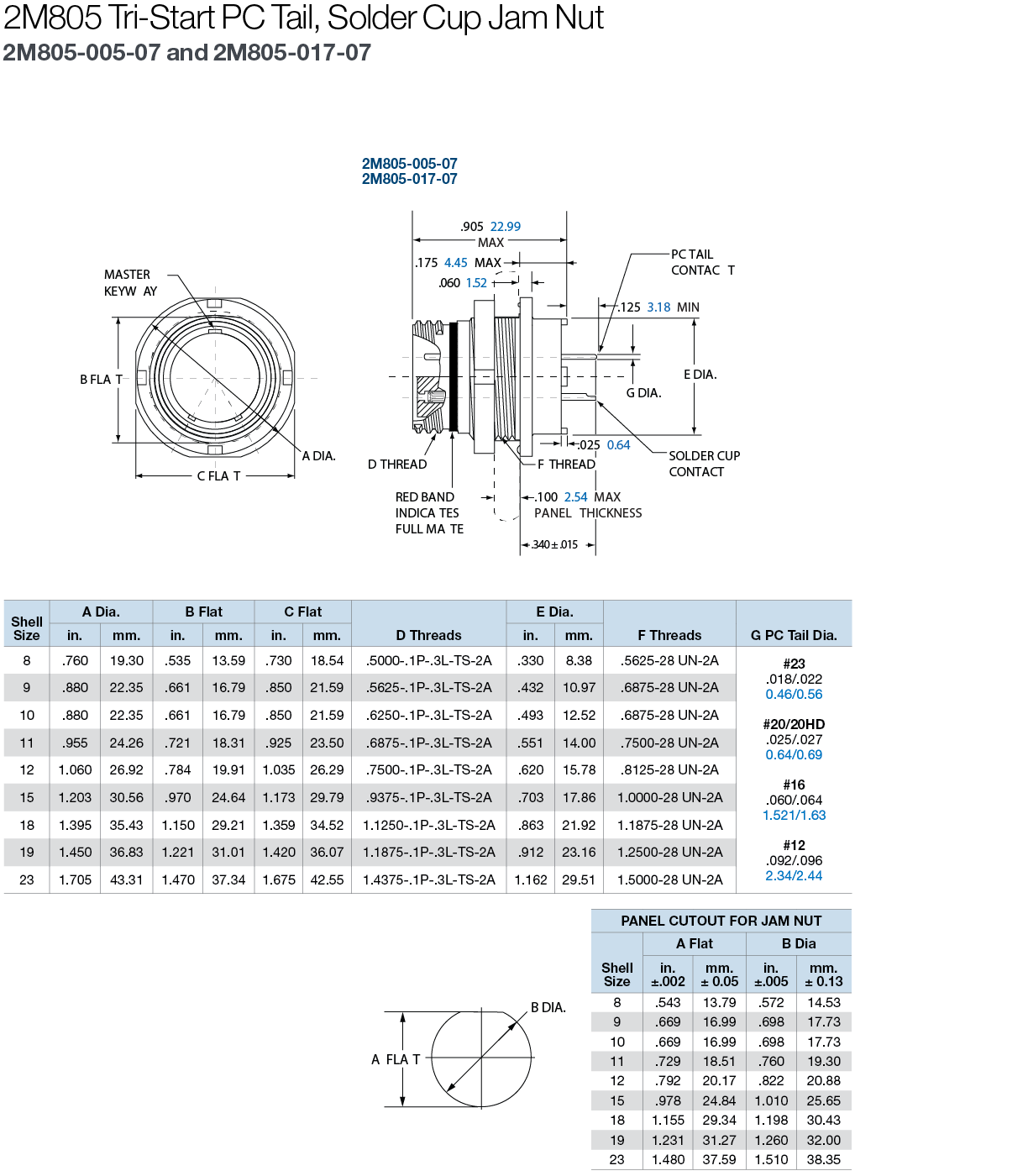
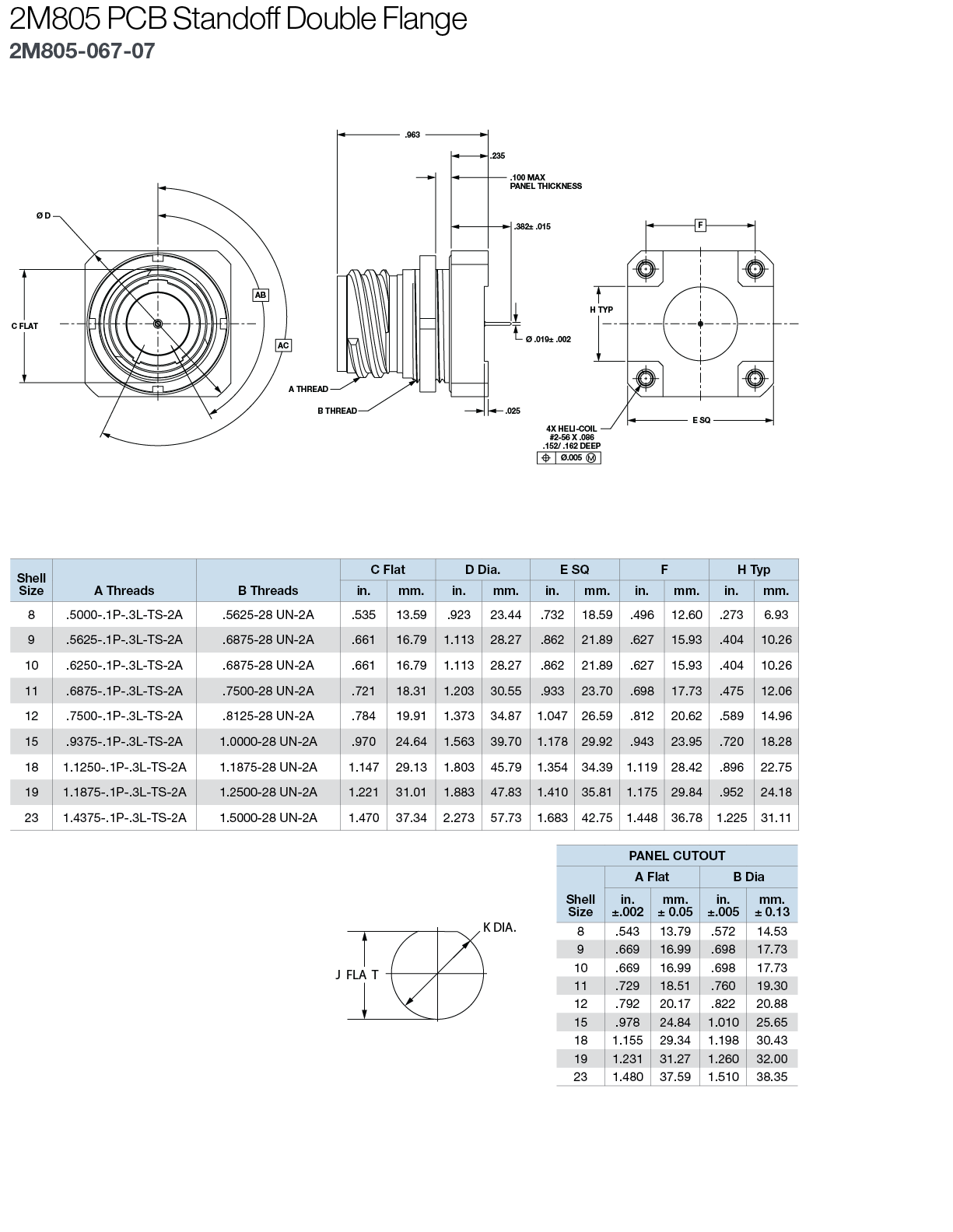
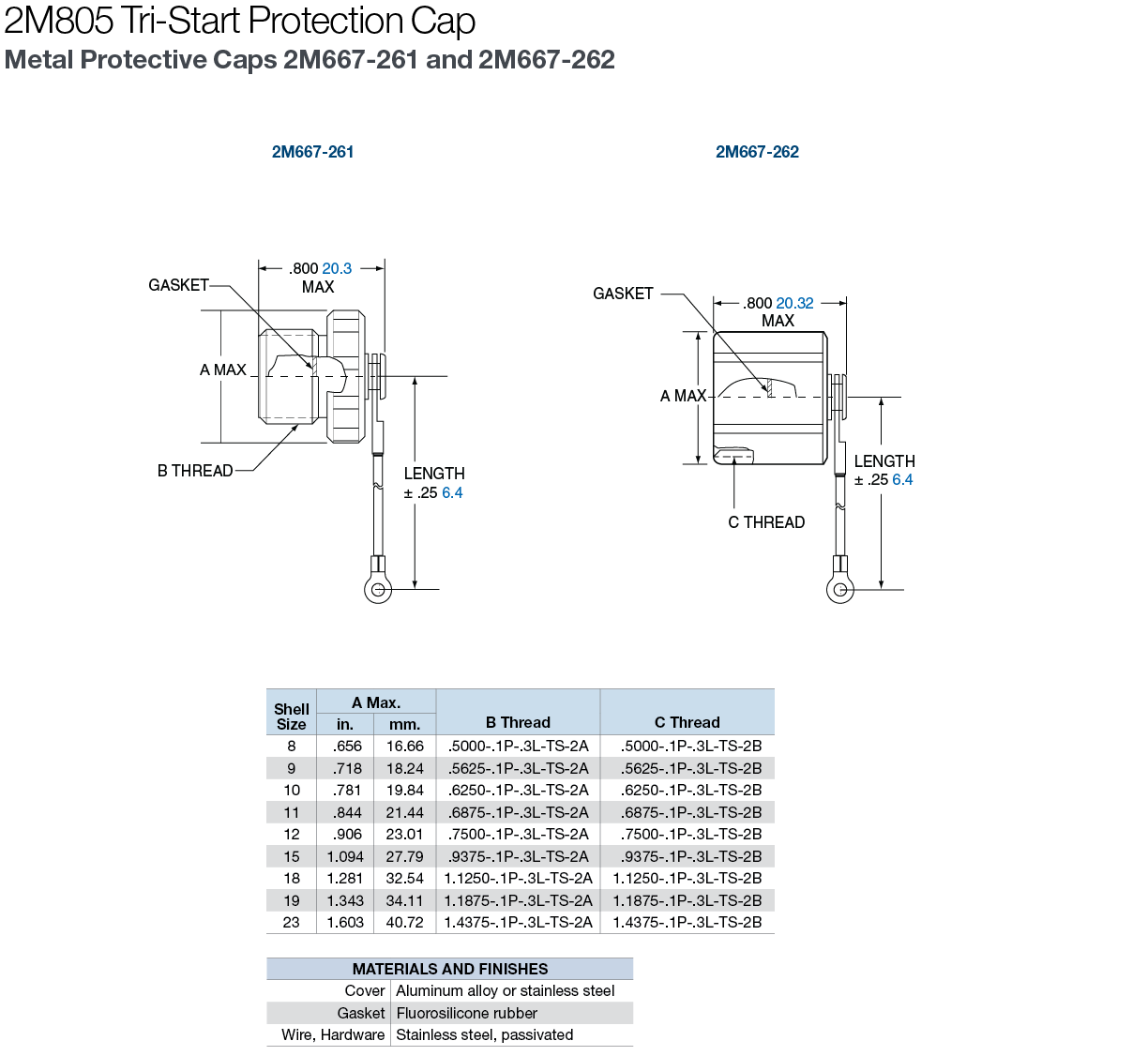
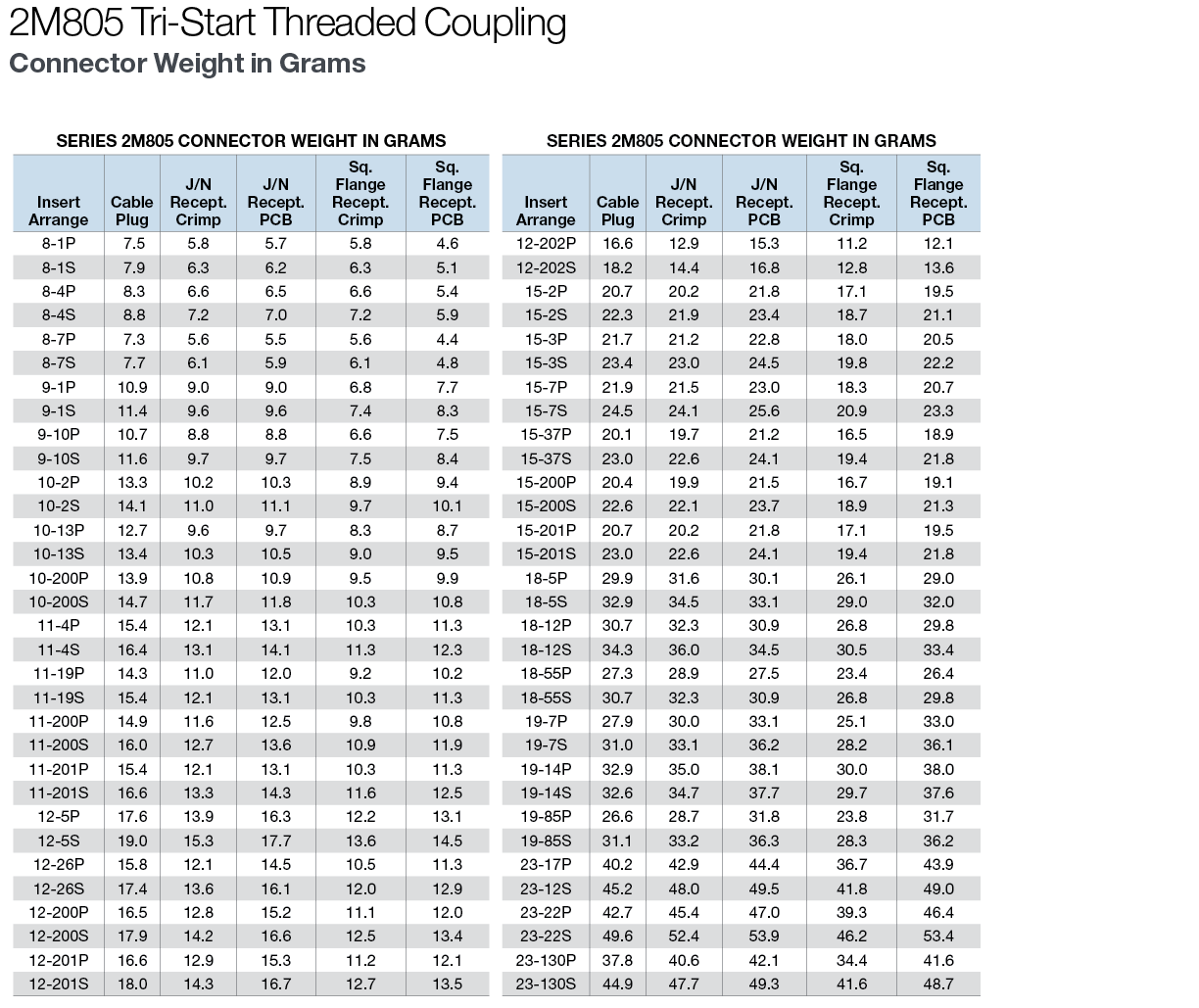


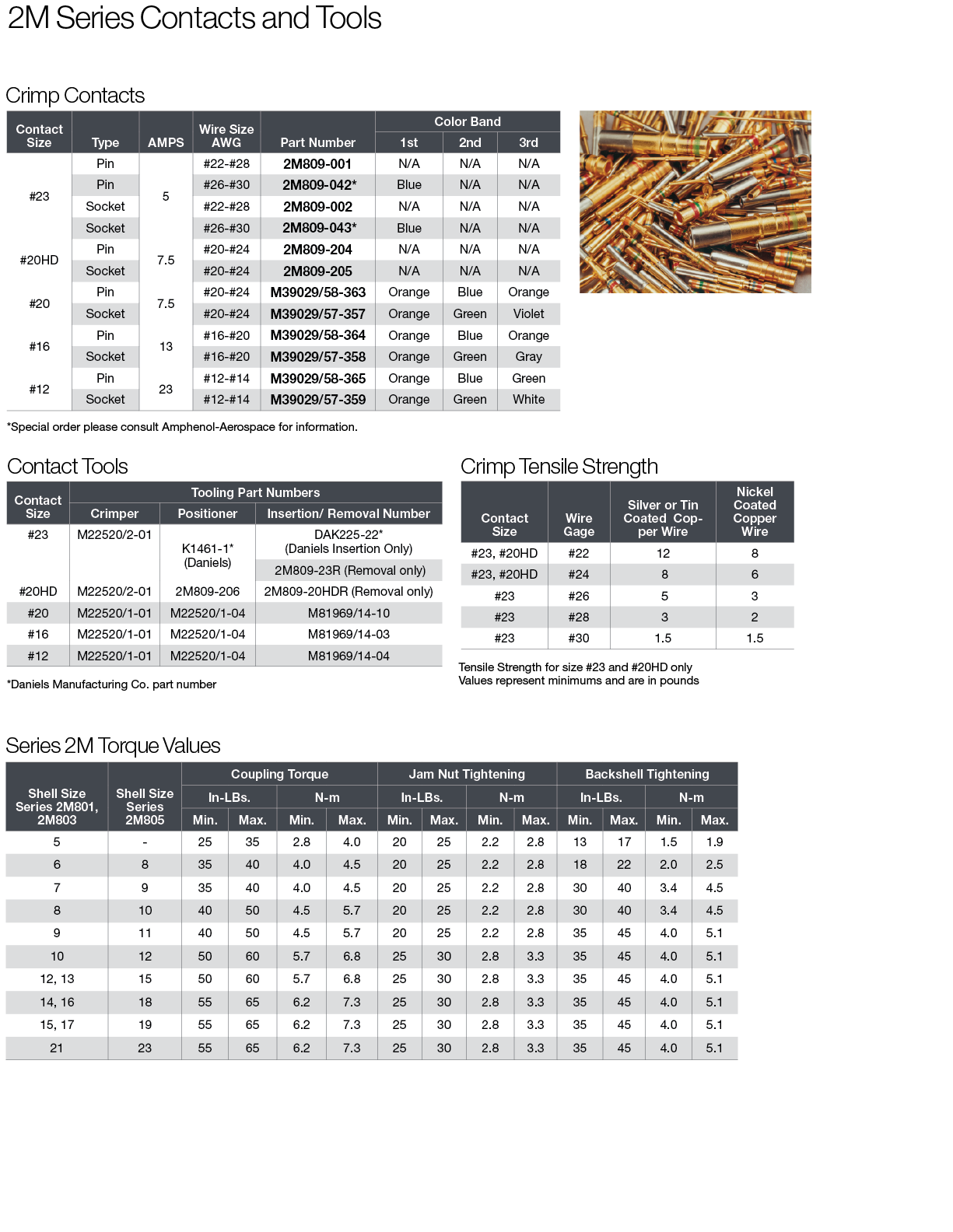
Weight :
| 2M805 | D38999 | D38999 Aluminum | D38999 Composite | |||||
| Layout | Number of Contacts | Weight | Layout | Number of Contacts | Weight | % Weight Savings | Weight | % Weight Savings |
| 8-7 | 7 #23 | 13.4 | 9-35 | 6 #20 | 26.3 | 49% | 19.9 | 33% |
| 10-13 | 13 #23 | 23.0 | 11-35 | 13 #22D | 35.7 | 36% | 26.8 | 14% |
| 11-19 | 19 #23 | 26.4 | 13-35 | 19 #22D | 50.7 | 48% | 38.5 | 31% |
| 12-26 | 26 #23 | 29.4 | 17-26 | 26 #20 | 58.5 | 50% | 62.6 | 53% |
| 15-37 | 37 #23 | 42.7 | 15-35 | 37 #22D | 72.1 | 41% | 57.4 | 26% |
| 18-55 | 55 #23 | 59.6 | 17-35 | 55 #22D | 81.6 | 27% | 65.6 | 9% |
| 19-85 | 85 #23 | 59.8 | 21-35 | 85 #22D | 119.7 | 50% | 99.1 | 40% |
| 23-130 | 130 #23 | 85.5 | 25-35 | 128 #22D | 159.3 | 46% | 136.6 | 37% |
Size :
| 2M805 | D38999 | Maximum Plug Diameter | Maximum Jam Nut Receptacle Diameter | ||||||||
| Layout | Layout | 2M805 | D38999 | % Reduction | 2M805 | D38999 | % Reduction | ||||
| in | mm | in | mm | in | mm | in | mm | ||||
| 8-7 | 9-35 | .707 | 17.96 | .859 | 21.81 | 17% | .775 | 19.69 | 1.201 | 30.51 | 35% |
| 10-13 | 11-35 | .804 | 20.42 | .969 | 24.61 | 18% | .895 | 22.73 | 1.386 | 30.50 | 35% |
| 11-19 | 13-35 | .933 | 23.70 | 1.141 | 28.98 | 20% | .960 | 24.38 | 1.512 | 38.40 | 36% |
| 12-26 | 17-26 | .999 | 25.37 | 1.391 | 35.33 | 29% | 1.075 | 27.31 | 1.764 | 44.81 | 39% |
| 15-37 | 15-35 | 1.113 | 28.27 | 1.266 | 32.16 | 13% | 1.218 | 30.86 | 1.638 | 41.61 | 26% |
| 18-55 | 17-35 | 1.308 | 33.02 | 1.391 | 35.33 | 7% | 1.404 | 35.66 | 1.764 | 44.81 | 20% |
| 19-85 | 21-35 | 1.328 | 33.73 | 1.625 | 41.27 | 19% | 1.465 | 37.21 | 2.075 | 52.71 | 29% |
| 23-130 | 25-35 | 1.577 | 40.06 | 1.875 | 47.63 | 16% | 1.720 | 43.69 | 2.323 | 59.00 | 26% |
Weight :
| 2M801 | D38999 | D38999 Aluminum | D38999 Composite | |||||
| Layout | Number of Contacts | Weight | Layout | Number of Contacts | Weight | % Weight Savings | Weight | % Weight Savings |
| 5-3 | 3 | 7.9 | 9-98 | 3 | 25.3 | 69% | 19.9 | 60% |
| 6-7 | 7 | 9.8 | 9-35 | 6 | 26.3 | 63% | 19.9 | 51% |
| 9-19 | 19 | 18.8 | 13-35 | 22 | 50.7 | 63% | 38.5 | 51% |
| 13-37 | 37 | 36.0 | 15-35 | 37 | 72.1 | 50% | 57.4 | 37% |
| 16-55 | 55 | 49.8 | 17-35 | 55 | 81.6 | 39% | 65.6 | 24% |
| 17-85 | 85 | 54.3 | 21-35 | 79 | 119.7 | 55% | 99.1 | 45% |
| 21-130 | 130 | 68.7 | 25-35 | 128 | 159.3 | 57% | 136.6 | 50% |
Note: Weights shown include contacts and represent a mated pair of plug and jam nut receptacle. Weights are in grams.
Size :
| 2M801 | D38999 | Maximum Plug Diameter | Maximum Jam Nut Receptacle Diameter | ||||||||
| Layout | Layout | 2M801 | D38999 | % Reduction | 2M801 | D38999 | % Reduction | ||||
| in | mm | in | mm | in | mm | in | mm | ||||
| 5-3 | 9-98 | .540 | 13.72 | .859 | 21.82 | 37% | .575 | 14.61 | 1.204 | 30.58 | 52% |
| 6-7 | 9-35 | .600 | 15.24 | .859 | 21.82 | 30% | .635 | 16.13 | 1.204 | 30.58 | 47% |
| 9-19 | 13-35 | .810 | 20.57 | 1.156 | 29.36 | 30% | .830 | 21.08 | 1.516 | 38.51 | 45% |
| 13-37 | 15-35 | 1.050 | 26.67 | 1.281 | 32.54 | 18% | 1.078 | 27.38 | 1.641 | 41.68 | 34% |
| 16-55 | 17-35 | 1.240 | 31.50 | 1.406 | 35.71 | 12% | 1.264 | 32.11 | 1.766 | 44.86 | 28% |
| 17-85 | 21-35 | 1.300 | 33.02 | 1.641 | 41.68 | 21% | 1.325 | 33.66 | 2.078 | 52.78 | 36% |
| 21-130 | 25-35 | 1.550 | 39.37 | 1.890 | 48.01 | 18% | 1.625 | 41.28 | 2.323 | 59.00 | 30% |
Note: Weights shown include contacts and represent a mated pair of plug and jam nut receptacle. Weights are in grams.


Note: All plastic tools are double-ended. The colored side is the insertion tool and the white side is the removal tool.